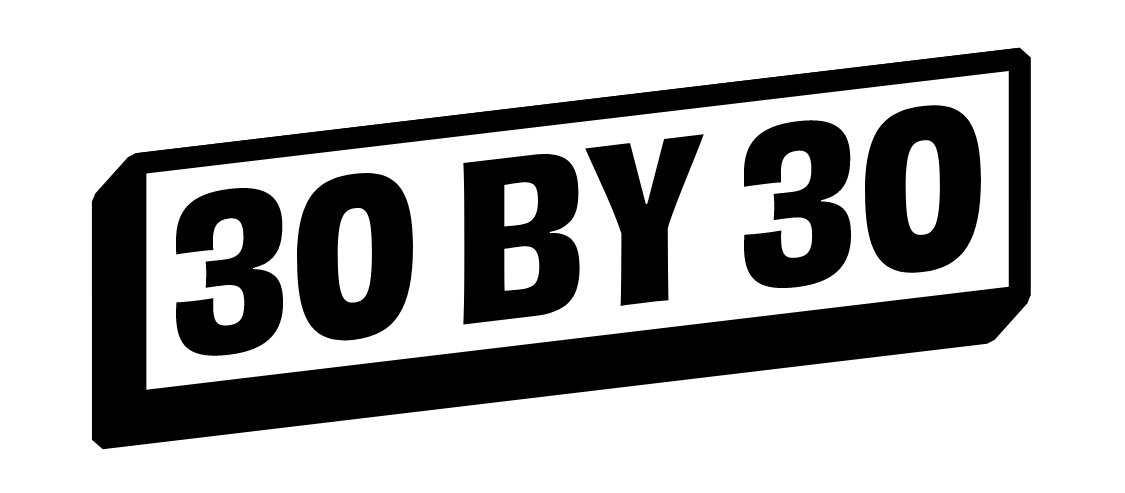Report: Australian nature in crisis due to lack of funding
A new report shows Australian federal government spending on protecting nature equates to 0.1% of the total budget, despite scientific advice that much more is required to achieve national and international conservation protection targets.
While government spending on nature has increased in recent years, it is nowhere near the level required to meet commitments to protect 30% of Australia by 2030 and prevent native species extinctions.
In response, scientists and conservation groups are calling for at least 1% of the federal budget to be allocated towards nature protection.
Analysis also shows that federal government subsidies to the fossil fuel industry are sixteen times as much as those provided towards protecting Australia’s biodiversity.
Jason Lyddieth from the Pew Charitable Trusts says:
“Australia is globally recognised for its unique biodiversity, yet we also lead the world in mammal extinctions. We are the only developed country on the global list of deforestation hotspots, and 19 Australian ecosystems are showing signs of collapse including coastal mangroves, native forests and woodlands.”
“We are calling on the federal government to commit at least 1% of federal spending to protecting nature. It’s a small ask to protect the country we love and secure a healthy future for our kids.”
“Australia has the know-how, the science and the people to turn around nature’s decline. What we lack right now is investment and political will.”
“Most Australians would be shocked to learn that just one in every thousand dollars of tax they pay goes to protecting the nature that makes Australia so special.”
Biodiversity Council Co-Chief Councillor Professor Hugh Possingham, The University of Queensland, says:
“Monitoring for the last 25 years has shown that threatened species in Australia have been declining at 2% per year. If Australia’s GDP was declining at 2% every year for 25 years, there would be a national outcry. If GDP declines for just two quarters, we call it a recession. If we invested just 1% of the budget in nature, we could stop that decline by 2030.”
“There is one simple solution to the extinction crisis – investing in species and habitat recovery.”
“Just one percent of the national budget would give us a fighting chance of being nature positive by 2030. Without that investment we will not meet our global commitment.”
“A smart business invests 5-10% of its budget in infrastructure – like equipment and buildings. A smart nation should invest at least 1% of their budget in nature, the infrastructure that powers our economy and well-being.”
Biodiversity Council Lead Councillor Professor Sarah Bekessy, RMIT University, says:
“Investing in nature is not only the strategic thing to do, but multiple surveys have shown that the community wants it.”
“At least 50% of our GDP is deeply dependent on nature – it makes business sense to ensure that nature can continue to deliver.”
“Nature improves our mental and physical health, enhances the cognitive development of our children and supports so much of our cultural identity – it’s a no brainer to invest in enhancing nature and stopping its destruction.”
The report was prepared by Cyan Ventures, a specialist sustainability project development and advisory firm.
Key findings:
- Up to A$11 billion annually is needed to protect biodiversity, which is still significantly less than the potential economic loss of $16.8 billion
- Australian Federal Government biodiversity annual expenditure has averaged A$475m over the last decade, with a recent increase in 2023/4
- Federal Government spending over last decade is only about 30% of OECD levels, less than 8% of the estimated annual need, and less than 3% of the risks posed to the economy
- The Federal Government is spending 16x more on subsidies for oil and gas companies than it is on protecting biodiversity
- While information on state and territory spending on biodiversity is outdated, available data shows it is still far less than required benchmarks

